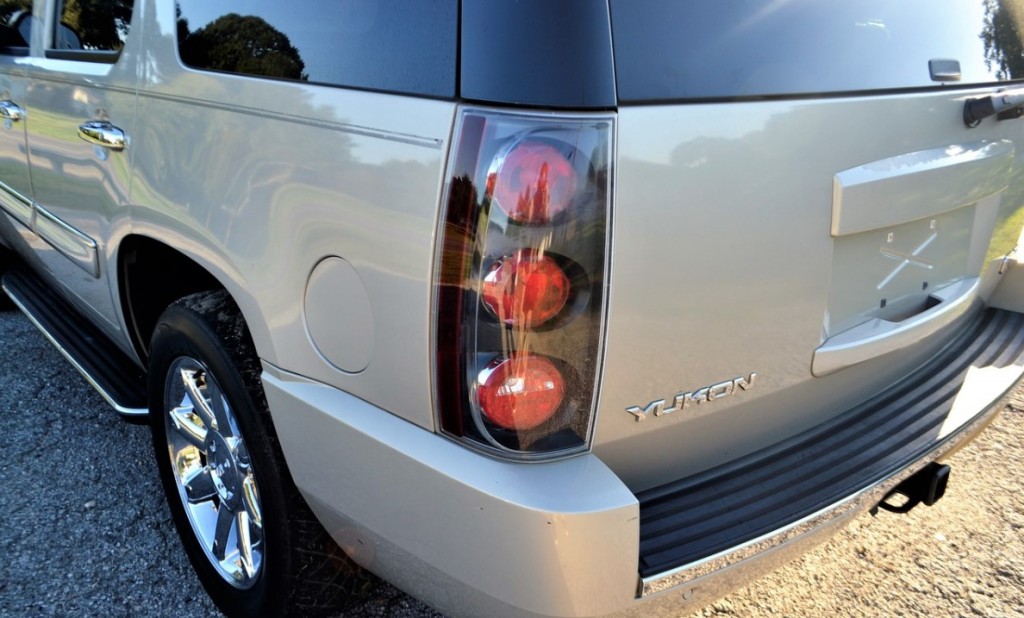If you are currently car shopping, and are not a mechanic, you may be a little confused by the overwhelming amount of options to consider. Drivetrain options can be especially perplexing when you hear “all-wheel drive” and “four-wheel drive” as options. All cars have four wheels, so why are these options different?

AWD and 4WD Compared
Both four-wheel drive and all-wheel drive systems are capable of transferring power to both the front and rear wheels of the vehicle. Generally speaking, the difference between the systems is that one uses all four wheels part of the time, and the other all four wheels full time.
All-Wheel Drive (AWD) AWD vehicles are engineered to provide optimal traction, performing well on all types of roads and surfaces. These types of vehicles are great for rough road and off road driving, and also perform better in bad weather conditions.
Four-Wheel Drive (4WD) A four-wheel drive vehicle provides these performance benefits only when the 4WD is engaged. When the 4WD function is not activated, the vehicle operates as a two-wheel drive system. The 4WD can be used as needed, when driving off road, on snowy roads, or other poor traction situations.
Which is Better?
While driving with the power of all four wheels engaged seems like a great advantage, there are some drawbacks. The primary disadvantage is the amount of fuel needed to power four-wheel drive operation. Since 4WD is unnecessary for most types of roads and driving, the additional fuel consumption is not needed. Having the option to switch to two-wheel drive will save drivers money.
Other Options
When comparing all types of drivetrains, 4WD and AWD vehicles tend to be more expensive to purchase, fill-up, and keep maintained than 2WD vehicles. This is due to extra components, including the transfer case and differentials, which make 4WD vehicles heavier and more complex.
Alternatively, front-wheel drive vehicles offer a good combination of affordability and fuel economy, since front-wheel drive systems are less complicated and less expensive to produce. In a front-wheel drive, the car’s weight lies directly over the driven wheels, improving acceleration. That weight distribution also provides decent traction on slippery roads, which is a significant improvement over rear-wheel-drive vehicles.
